Canning is a fun project that gets your hands dirty, keeps your food fresh, and gives you a last-minute gift option when the holidays roll around.
The key to successful canning is starting with a recipe you can trust. We pulled these gems from our favorite homesteading and farming blogs. We also recommended the best foods to can, if you’re just starting out.
For more info about the science of canning, and about different canning methods, read our canning post. If you’re ready to get going, take a look at this list, find a project, and most of all have fun!
Tomatoes
Always a canning favorite since they tend to ripen all at once. Because some new varieties of tomatoes are so sweet, the USDA now recommends that you add a small amount of acid to eliminate the risk of botulism.
Canning Tomatoes recipe and photo by Candi of The Farm Barbie.
Tips for Canning Tomatoes
- Here’s a recipe for canning tomatoes if you don’t own any supplies beyond jars.
- The low acid in some tomatoes could allow dangerous bacteria to form. This article recommends how much acid to add so that won’t happen.
- Here is Ball’s recommended recipe for canning tomatoes.
Peaches
Peach-lovers won’t mind all the work of canning peaches. You have to remove the skins and pits. Then you have a couple of choices. If you want the peaches to keep their color, add ascorbic acid (you can get this in the form of Ball Fruit-Fresh Produce Protector). Then you’ll decide whether or not you want to pack the peaches in a sweet syrup or juice.
Canning Peaches recipe and photo by Marblemount Homestead.
Tips for Canning Peaches
- Get the skin off the peaches by blanching them, then putting them in a cold water bath.
- Add liquid to the peaches for the best results. This blog post suggests water, apple juice, or light grape juice.
- Here is Ball’s recommended recipe for canning peaches.
Salsa
Another way of preserving tomatoes is to turn them into salsa. Just as with whole tomatoes, you’ll want to add an acid component to prevent spoilage.
Canning Salsa recipe and photo by Rachel Tayse of Harmonious Homestead.
Tips for Canning Salsa
- For the chunkiest salsa, use Italian plum-style tomatoes. Big, liquidy tomatoes are better for sauce or soup.
- To get the peels off, try this broiling method.
- Here is Ball’s recommended recipe for canning salsa.
Green Beans
Green beans, pickled in a spicy brine, are a crunchy, salty snack or a yummy add-on for your Bloody Mary bar. You can can them fresh, too, but as a low-acid food, they must be processed in pressure canner.
Canning Green Beans recipe and photo by Kathleen of Roots and Boots
Tips for Canning Green Beans
- Here is Ball’s recommended recipe for canning green beans.
- Check out our article for canning green beans.
Applesauce
Homesteaders swear by home-canned applesauce as the best you’ll ever have. Slightly soup apples are the best. Peeling the apples will be a considerable chore, consider borrowing or buying an apple peeler if you’re going to do a big batch.
Canning Applesauce recipe and photo by Old World Garden Farms.
Tips for Canning Applesauce
- Use a potato masher or immersion blender to get the consistency you want.
- Or use a high-speed stand blender—one good thing about doing this is that you can toss smaller apples in without coring them.
- Here is Ball’s recommended recipe for canning applesauce.
Pickles
Since cucumbers don’t have much flavor on their own, they’ve become a canvas for creative cooks. You can try kosher dill, bread and butter, spicy…just make sure you’re using pickling cucumbers. The big ones we use for salad are too watery—you’ll end up with mush.
Canning Pickles recipe and photo by Connie of Urban Overalls.
Tips for Canning Pickles
- If you want a deeper flavor than you’d get from refrigerated pickles, try this recipe for old-fashioned fermented pickles.
- Here is Ball’s recommended recipe for canning pickles.
Tomato Sauce
If you want enough tomato sauce to spend the winter eating hearty pasta, make sure you have a big pot. You’ll only get about 10 pints of sauce for every 20 lbs of tomatoes.
Canning Tomato Sauce recipe and photo by Kendra of New Life On A Homestead.
Tips for Canning Tomato Sauce
- To get the seeds and skin off, run the tomatoes through a food mill.
- For the extra acidity that will make the sauce safer to eat, consider citric acid, which won’t alter the flavor of the sauce like vinegar or lemon juice do.
- Here is Ball’s recommended recipe for canning tomato sauce.
Pears
Since pears are slightly firm, they are a good candidate for canning in slices. Other more tender fruits would just turn to mush.
Canning Pears recipe and photo by Jennie of Straight From The Farm.
Tips for Canning Pears
- If you’re short on time or patience, here’s a recipe for canning pears without peeling them or adding sugar.
- If you have small pears, here’s a recipe for canning them whole in cinnamon/vanilla syrup. Yum!
- Here is Ball’s recommended recipe for canning pears.
Apples
Firm apples hold up well to canning. “Hot packing” is the best way to can apples—that’s when you cook them slightly first.
Canning Apples recipe and photo by Kathi of Oak Hill Homestead.
Tips for Canning Apples
Potatoes
Potatoes are easy to store and nearly always available—so why can them? First, because when canned they are ready-to-use—you can just toss them into soups or mash them for an easy side. Second, because when potatoes go on sale, you can save money buying in bulk and canning.
Canning Potatoes recipe by Grow a Good Life.
Tips for Canning Potatoes
- Green spots on potatoes are toxic. Cut them out (the rest of the potato is fine).
- For extra flavor, try canning potatoes in broth.
Beets
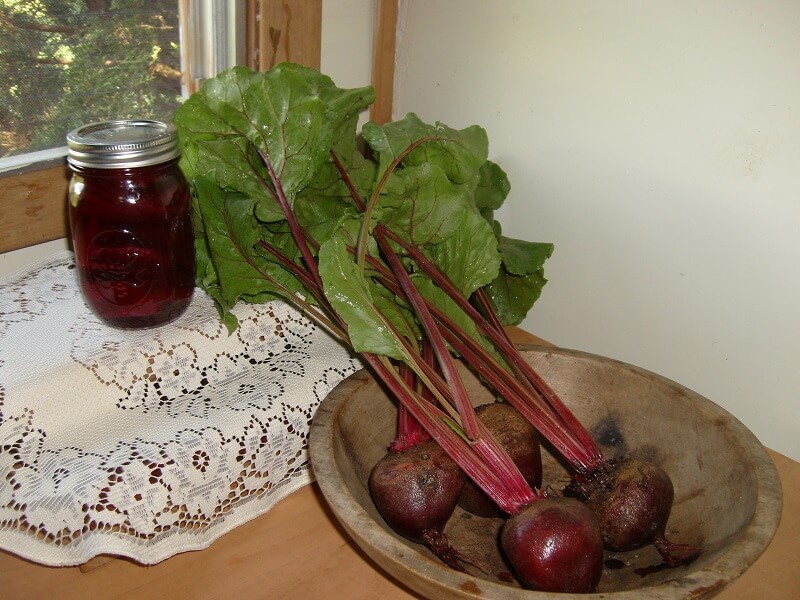
Pickling beets is a popular method of preservation since brine adds acidity to the beets and helps them keep longer. It also, for some, improves the flavor. If you don’t pickle beets, you must use a pressure canner.
Beets: From Growing And Preparing To Canning And Cooking by Insteading
Tips for Canning Beets
- Usually you can slide beet skins of with your hands, but if you’re having trouble, use a small paring knife to finish the job.
- Here’s a recipe for beets in water with a pressure canner rather than pickling them.
- Here is Ball’s recommended recipe for canning beets.
Jalapeños
I thought I’d through a slightly different recipe at you—this one describes how to “lacto-ferment” jalapeños. That’s giving them some natural fermentation agents, letting those do they’re trick, then refrigerating.
Canning Jalapeños recipe by Quinn of Reformation Acres.
Tips for Canning Jalapeños
- Here are a few ideas for how to use pickled jalapeños.
- When working with jalapeños, wear gloves. (Especially if you also wear contacts—I speak from personal and very painful experience.)
- Here is Ball’s recommended recipe for canning jalapenos.
Apple Pie Filling
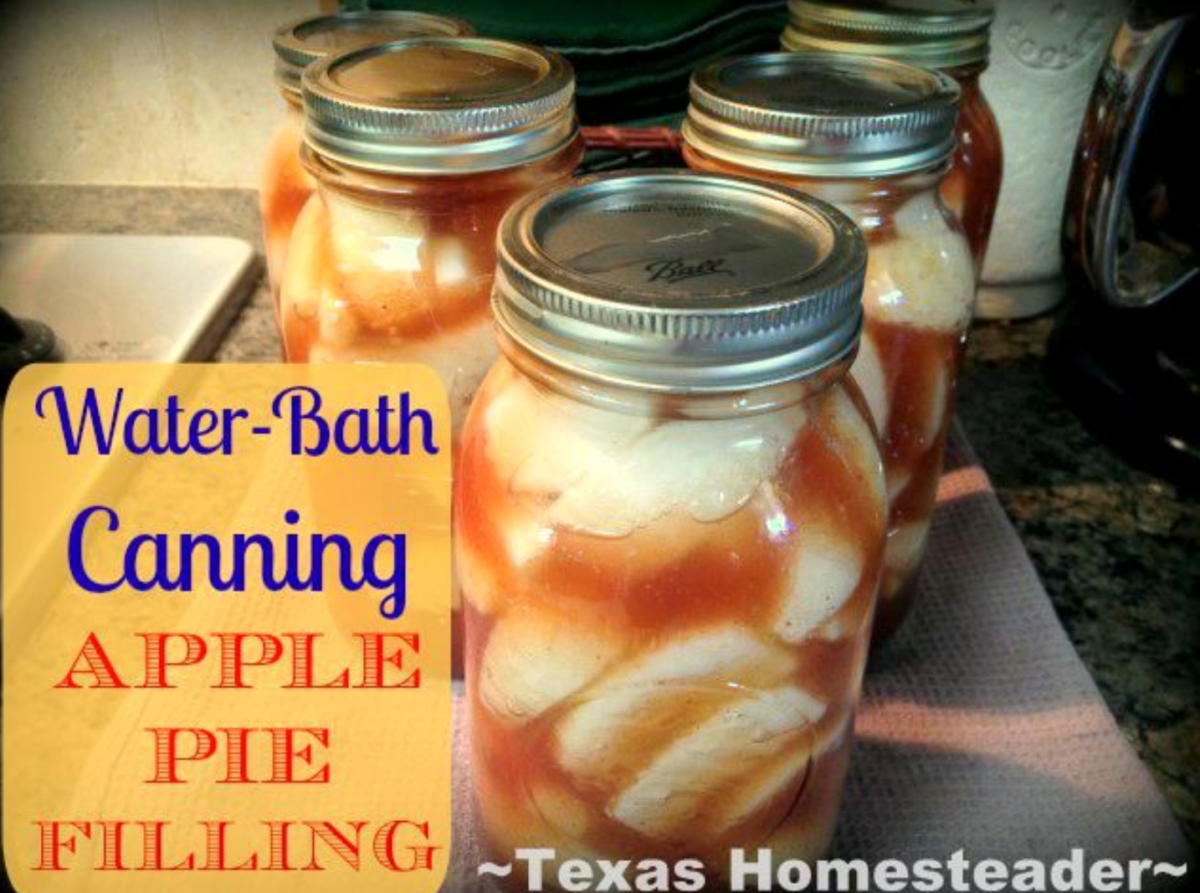
A few hours of work, and you’ll be able to pop open a can and whip up hot apple pie whenever you want.
Canning Apple Pie Filling photo and recipe by Tammy Taylor of Taylor Made Homestead.
Tips for Canning Apple Pie Filling
- This homesteader recommends using ClearJel, a corn starch replacement, to thicken the filling.
- Here’s some info from the University of Minnesota about why they no longer recommend using cornstarch in canning.
- Here is Ball’s recommended recipe for canning apple pie filling.
Corn
If canned or frozen corn is a big part of your diet, you’re almost surely eating GMO food. Nearly all processed corn is from genetically-modified seed. Buying organic corn and canning it yourself is the only way to be sure you’re eating GMO free.
Canning Corn recipe and photo by Angelia of Shepherds Hill Homestead: shepherdshillhomestead.com
Tips for Canning Corn
- If you’re canning lots of corn, invest in a corn cob scraper.
- GMO corn will look too perfect. Truly organic corn will have imperfections, like little worms you can easily cut off.
- Here is Ball’s recommended recipe for canning corn.
Apple Butter
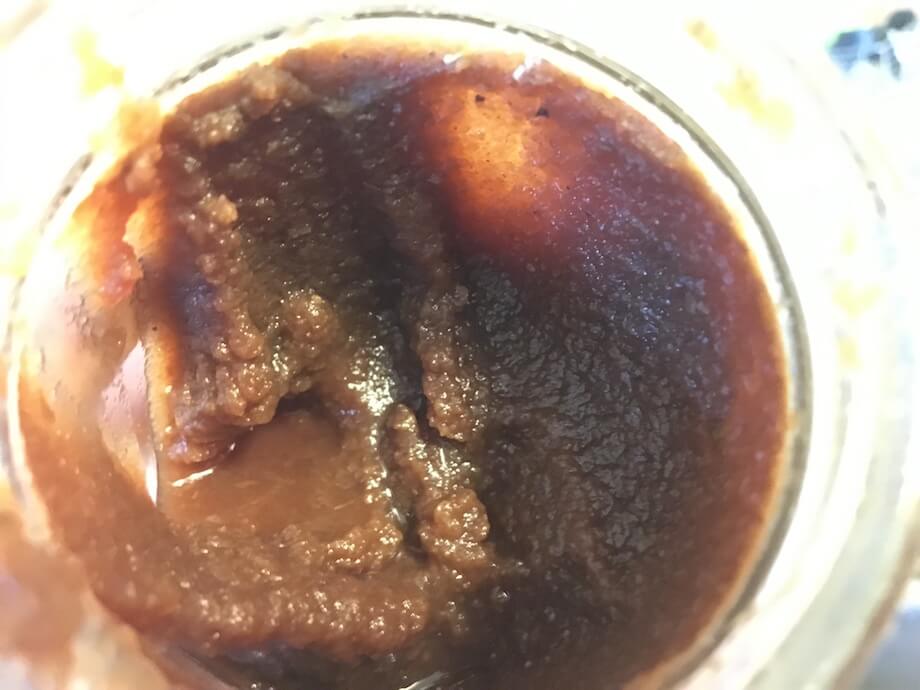
The classic food gift and the sweetest way to preserve your bounty of apples.
Canning Apple Butter recipe by Kim of Homestead Acres.
Tips for Canning Apple Butter
- This 19th century recipe calls for boiling the apples in a giant copper kettle over a fire. Fun!
- Here is Ball’s recommended recipe for canning apple butter.
Banana Peppers
This recipe is for pickled pepper rings, which will preserve them longer. Use this basic recipe for whichever peppers you want to pickle.
Canning Banana Peppers recipe and photo by Amanda of Amanda The Virtuous Housewife.
Tips for Canning Banana Peppers
- Include banana peppers as just one of the peppers in a sweet & sour mix.
- Consider packing the peppers in half-pint jars—you may find (like this homesteader did) that a full pint is more peppers than you can use.
- Here is Ball’s recommended recipe for canning banana peppers.
Carrots
Crunchy carrots are a good candidate for canning. If you’re going to can them fresh rather then pickling them, you must use a pressure canner.
Canning Carrots recipe and photo by Laurrie Basiletti of The Redneck Homestead Family. She says she uses her canned carrots in homemade chicken pot pie.
Tips for Canning Carrots
- Cut your carrots into “coins” of equal thickness so they’ll all have a similar consistency.
- For flavor, consider adding brown sugar.
Tomato Juice
You’ll be using your firmest tomatoes for making sauce or salsa. For big, watery tomatoes, canning their juice may be the best choice.
Canning Tomato Juice recipe and photo by Merissa of Little House Living.
Tips for Canning Tomato Juice
- Here’s a recipe if you want to make something similar to V-8.
- Some recipes call for you to seed the tomatoes before cooking them, but this homesteader found that the strainer did this just fine.
- Here is Ball’s recommended recipe for canning tomato juice.
Chicken
Freezing and canning are the two best ways to store meat. With freezing, the upfront work is as simple as wrapping, tossing in, and shutting the door. Then, when you want to use it, you have to remember to defrost, and then cook. Canning chicken moves all of that work up to the start of the process. Once you’ve cut up and pressure canned chicken meat, it’s ready to use in tacos, soup, pasta…for a busy or forgetful cook, having canned chicken on hand saves scads of time and worry.
Canning Chicken recipe and photo by Erin Harrison of Keeper Of The Homestead.
Tips for Canning Chicken
- To prevent oil seepage from causing the lids to get loose, remove as much fat as you can.
- Here’s part one of a video series from a chicken farmer who shows you the whole process of raising 100 meat chickens—from buying them to processing them for meat. Fascinating stuff.
Stewed Tomatoes
Stewed or herbed tomatoes have long been a nice shortcut for making pasta sauce. Homesteaders who’ve made their own swear that home-canned stewed tomatoes are much, much better than what you can get at the supermarket. You’ll want to experiment with the herb mix to find one you like best.
Canning Stewed Tomatoes recipe and photo by Sherelle of My Crazy Life As A Farmer’s Wife.
Tips for Canning Stewed Tomatoes
Zucchini
Many homesteaders say that canned squash comes out mushy—good for baby food but not much else.
Here is a recipe from New Life on a Homestead—though as you’ll see, even the person who wrote it said they wouldn’t try canning zucchini again.
Tips for Canning Zucchini
- Here is Ball’s recommended recipe for canning squash. Their solution to the mushiness problem is to turn the zucchini into a relish.
Pumpkin or Winter Squash
Pumpkins and their winter squash cousins are good candidates for canning since their flesh is so firm.
Canning Pumpkin recipe and photo by Newbie Steader of Ten Acre Homestead.
Tips for Canning Pumpkin
- A good way to use canned pumpkin chunks is to puree them later for making pie.
- Here is Ball’s recommended recipe for canning pumpkin.
Venison
Freezing is the most common method of preserving all the meat that comes with a deer kill. Some homesteaders say that canning makes for more tender meat.
Tips for Canning Venison
- If a neighbor’s freezer breaks, pressure canning the meat is a good way to come to the rescue.
- Here is Ball’s recommended recipe for canning venison.
Sauerkraut
The sour of sauerkraut comes from fermenting it first, then canning it. This recipe uses you a very traditional—probably centuries old—method.
Canning Sauerkraut recipe and photo by Swamp Creek Farm. The recipe comes from the writer Joyce’s great-grandmother.
Tips for Canning Sauerkraut
- Your kraut must be covered completely by liquid, if not, top it up with the brine solution suggested in this recipe.
- Once the kraut ferments you can go ahead and can it. Here are instructions for canning your kraut.
- Here is Ball’s recommended recipe for canning sauerkraut.
Soup
Home-can your soup and you’ll know for sure what goes into it. You’ll have to make a few sacrifices, though. It’s not safe to can any soup that uses grains or dairy. It’s best to just add that later before you eat.
Canning Soup recipe by Sue of The Iowa Housewife.
Tips for Canning Soup
- If you end up with slightly less soup than you need to fill your final jar, top it up with chicken broth.
- Here is Ball’s recommended recipe for canning soup.
Diced Tomatoes
This seems like a tremendous amount of work, unless you could dice the tomatoes on an industrial scale. Still, if you want to try it…
Strawberry Jam
Strawberries have too much water content to be canned whole, but they make incredible jam.
Canning Strawberry Jam recipe and photo by Emily of Eight Acre Homestead. Originally found at eighthacrehomestead.wordpress.com/2015/06/24/strawberry-freezer-jam/
Tips for Canning Strawberry Jam
- You’ll need to use pectin for the gelling process. Homesteaders recommend using a pectin that doesn’t require added sugar.
- Toss the strawberry tops and any scraps into your compost pile. Sometimes, they’ll grow!
- Here is Ball’s recommended recipe for canning strawberry jam.
Chili
Homemade chili whenever you want—without the preservatives and flavor additives of the supermarket canned varieties. Really, you just make whatever chili recipe you like, and then pressure can it.
Some homesteaders put dry beans in their chili and let the pressure canning cook them. Food preservation experts warn against this. Here’s a good discussion of the topic.
Canning Chili recipe and photo by Jenny of Black Fox Homestead.
Tips for Canning Chili
- A recipe for a lighter chili alternative—White Bean Chicken Chili
- Here’s another recipe for traditional red chili.
Sweet Potatoes
Sweet potatoes can be pressure canned in water or in syrup.
Canning Sweet Potatoes recipe and photo by Pamela of Granny.
Tips for Canning Sweet Potatoes
- After you do the canning, wash your jars. They’ll probably be sticky from the sweetness of the potatoes.
- Boil the potatoes in their skin, then take the skin off with your hands or a sharp knife.
Salmon
Preserve your big catch in canned chunks you can serve right away, rather than big frozen fillets you’ll have to defrost and cook.
Canning Salmon recipe by dr. momi of Homesteading At Redtail Ridge.
Tips for Canning Salmon
- One homesteader realized after packing that she should’ve either cut the chunks smaller, or canned with widemouth jars.
- Here is Ball’s recommended recipe for canning salmon.
Plums
With fairly firm flesh, plums are a good choice for canning. Even better, since they are so small you can can them whole—no hours of plum pitting.
Canning Plums recipe by Lori of Lip Smacking Goodness.
Tips for Canning Plums
Tuna
If you’re lucky enough to hook a tuna, you soon have a problem—lots and lots and lots of fish. Home-canned tuna is a revelation compared to the mass-produced stuff.
Tips for Canning Tuna
- This recipe calls for cooking the tuna slightly before canning it.
- Here is Ball’s recommended recipe for canning tuna.
Cherries
You’ll want to preserve cherries in some sort of liquid, so use water or a sugary syrup or white grape juice. Depends on how sweet you like your food. Not optional—a cherry pitter.
Tips for Canning Cherries
- Sugar or not? This article explains the pros and cons of each method.
- Here is Ball’s recommended recipe for canning cherries.
Onions
You could can onions whole, but homesteaders who’ve tried it didn’t like the results. This recipe shows a good way to chop, then pressure can them.
Canning Onions recipe by Clemson Cooperative Extension.
Tips for Canning Onions
- If you like pickled onions, here’s a recipe for that.
- Another idea that will appeal to home cooks—caramelize the onions, then can them.
Blueberries
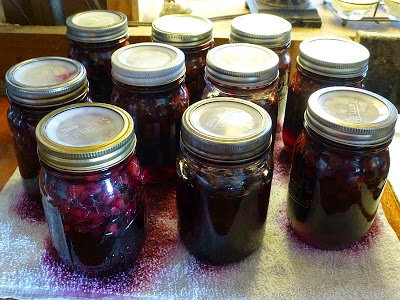
If you’ve ever gone u-picking, you know how fast those little berries pile up. A family of four u-picking for an hour or two will have enough blueberries to last all year. You probably don’t want those all in your freezer—they make for a good beginning canning project.
Canning Blueberries recipe and photo by Patrice Lewis of Rural Revolution.
Tips for Canning Blueberries
- Whole-Fed Homestead has a terrific rundown of all the different ways to preserve blueberries.
- Here is Ball’s recommended recipe for canning blueberries.
Butter
Don’t. The recipes for canning butter you’ll find on the web are not really “canning” in the sense of preserving for future use, it’s just melting the butter and pouring it into jars.
It’s like saying you’re “canning” Coke if you bought a bunch of two-liter bottles on sale, opened them, and poured all the Coke into jars. There’s nothing really wrong with it (the health risks are unknown) but there’s not really a good reason to do it either, unless you just really like having things in jars.
Asparagus
A low-acid food, asparagus must be pressure canned or pickled.
Canning Asparagus recipe by the canned quilter of Hickery Holler Farm.
Tips for Canning Asparagus
- Robson’s Farm has a good recipe for pickled asparagus
- Here is Ball’s recommended recipe for canning asparagus.
Pesto
Don’t. Canning is a very safe method for preserving food; if you follow a trusted recipe you are less likely to get sick from something you canned than from, say, the bagged spinach at the supermarket. But pesto is one of those foods that give canning a bad name.
Putting two low-acid foods like herbs and oil together is a recipe for botulism, and in fact, two women got very sick from botulism-laced pesto bought for them by a friend at a farmstand. Even Ball, the company that sells canning supplies, recommends against canning pesto. They suggest freezing it.
Vegetable Soup
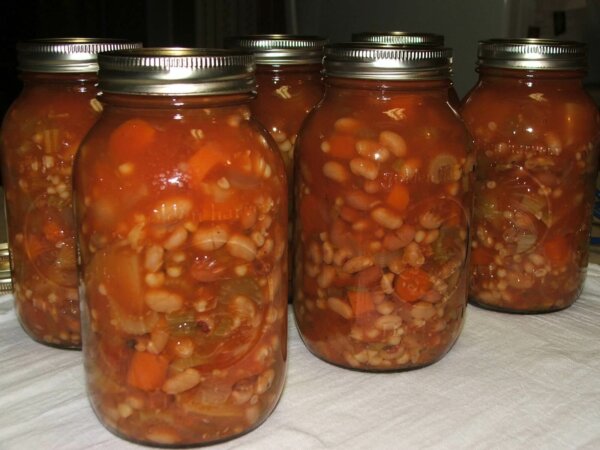
If you enjoy canned soup, you’ll enjoy it a lot more, spend a lot less, and not be ingesting weird preservatives if you make it yourself. It’s perfectly safe if you pressure can it. Take a Saturday in the fall, make a massive batch, and you’re set all year.
Canning Vegetable Soup recipe and photo by Pamela of Granny.
Tips for Canning Vegetable Soup
Grape Juice
Grape juice is a terrific starter recipe for canners. You can’t really mess it up and it’s a flavor completely unlike anything you can buy.
Canning Grape Juice recipe by Rachel Arsenault of Grow A Good Life.
Tips for Canning Grape Juice
- Canning Granny recommends letting the juice sit for two months to let the flavors blend…the longer the better!


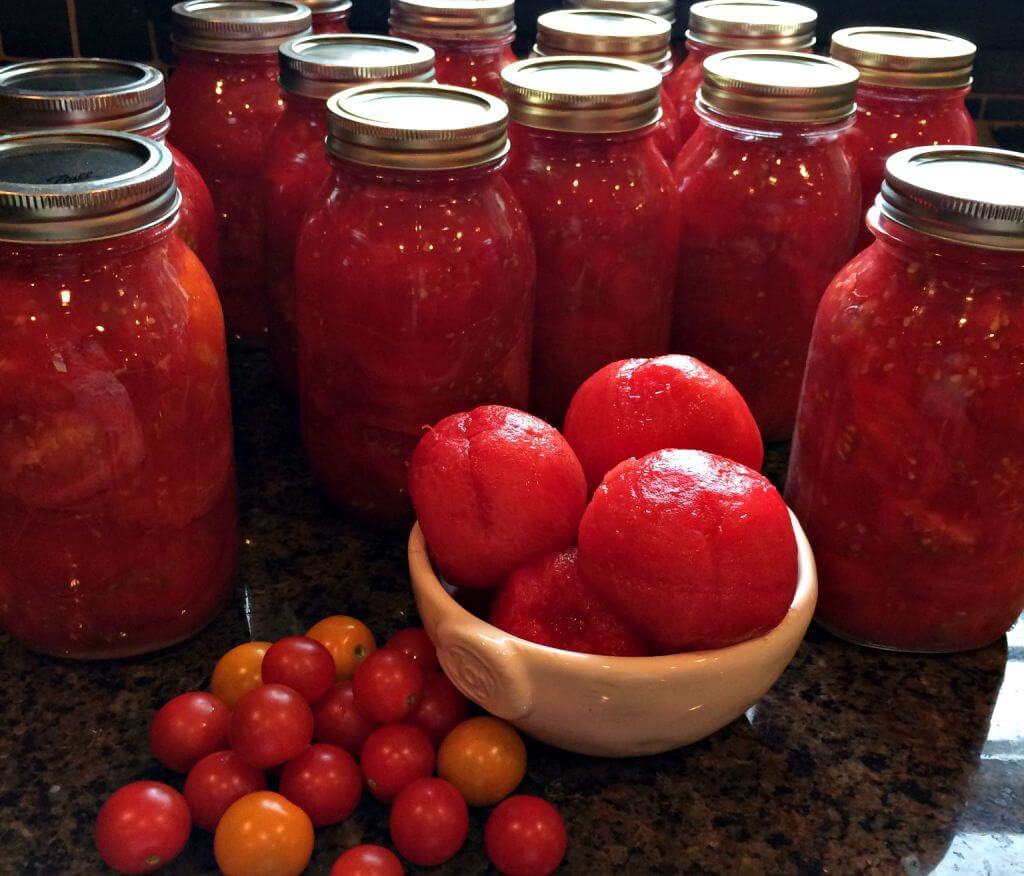
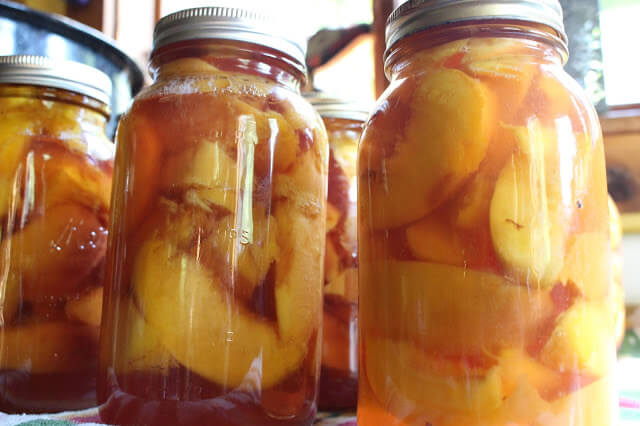
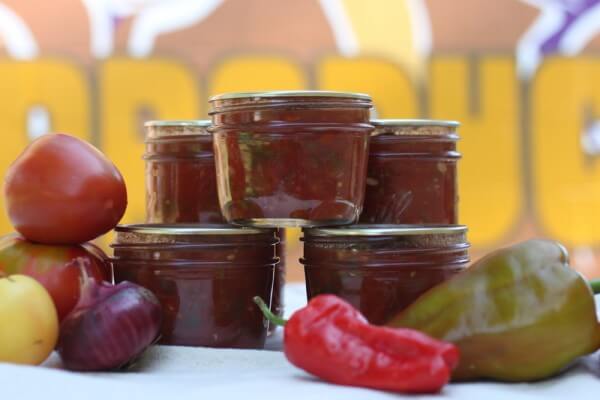
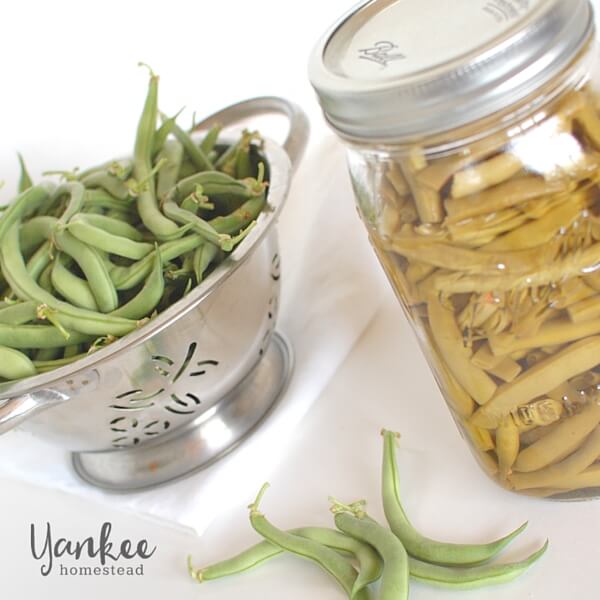
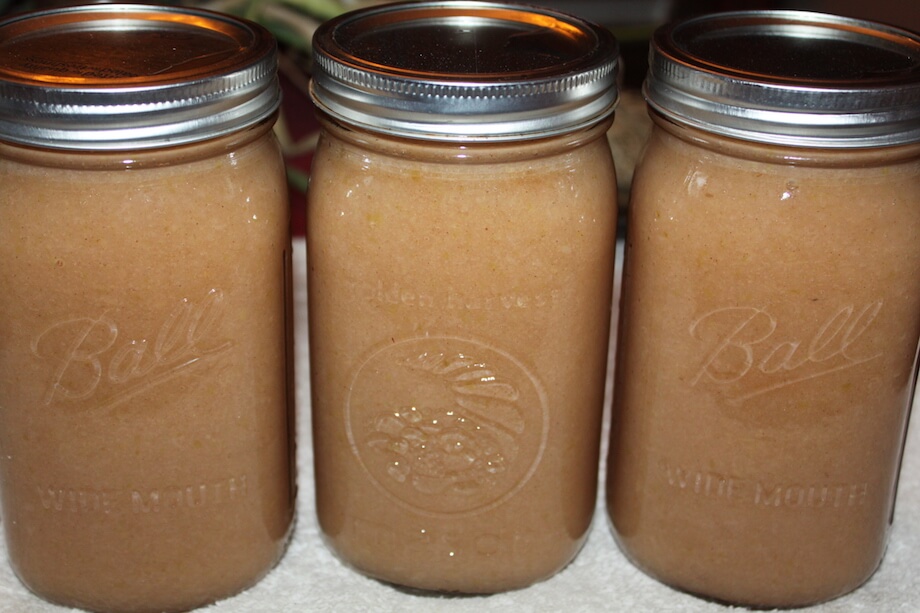
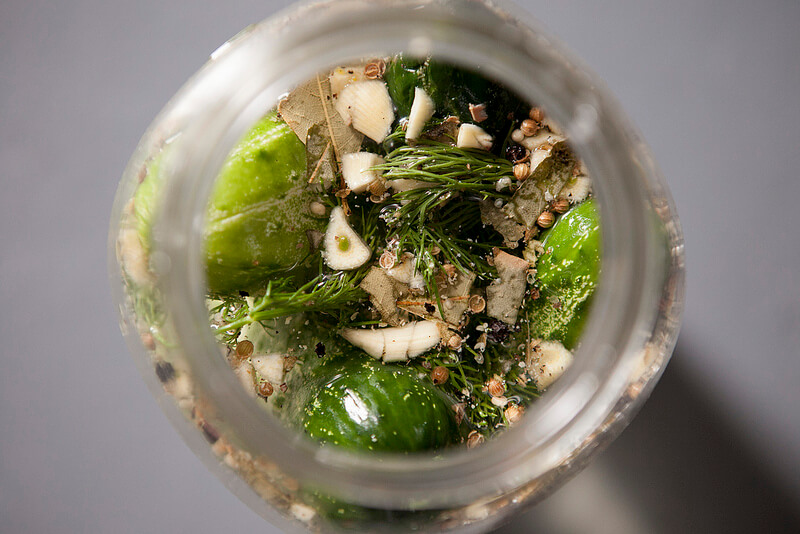
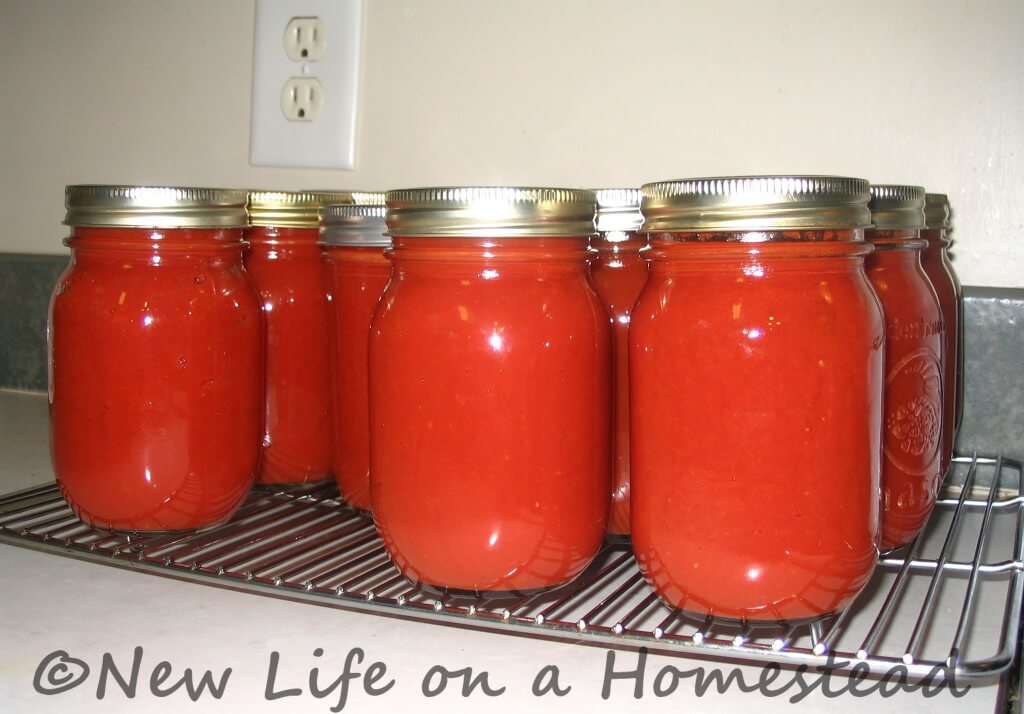
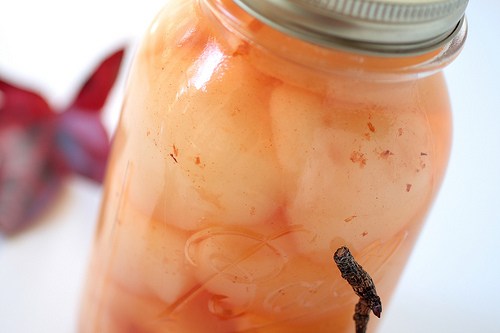
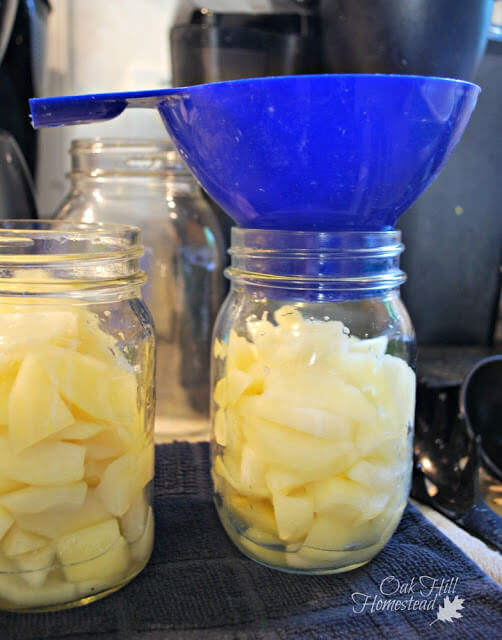
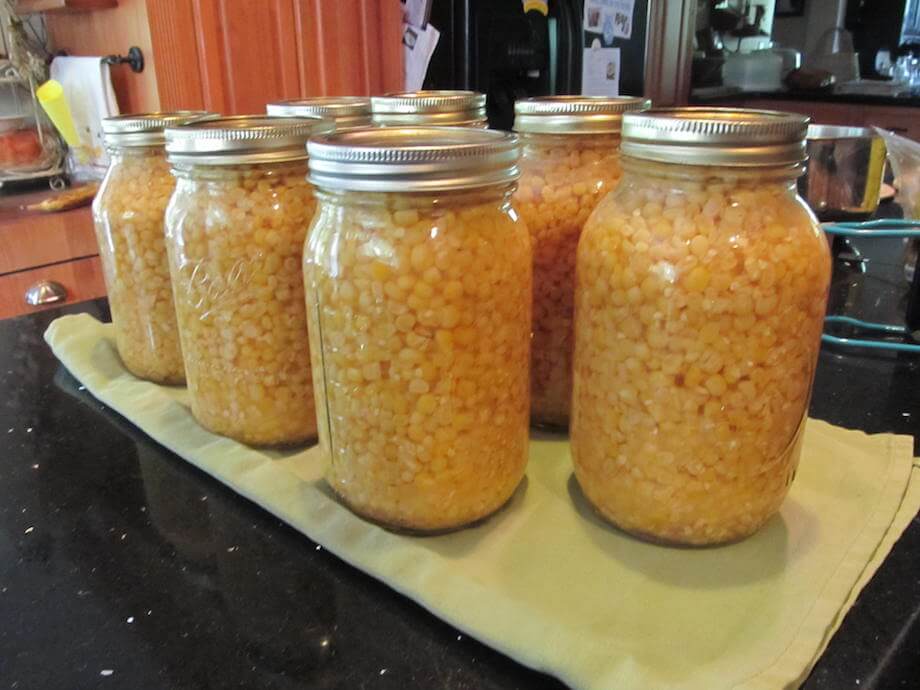
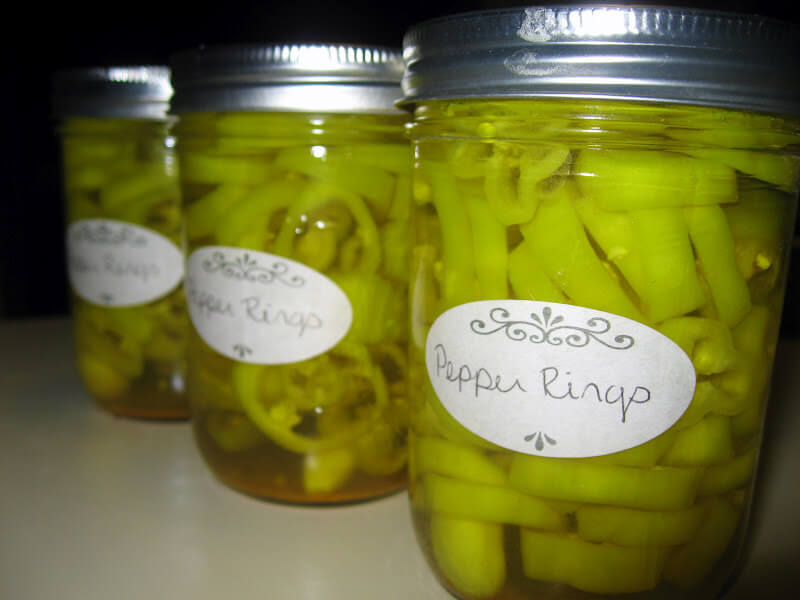
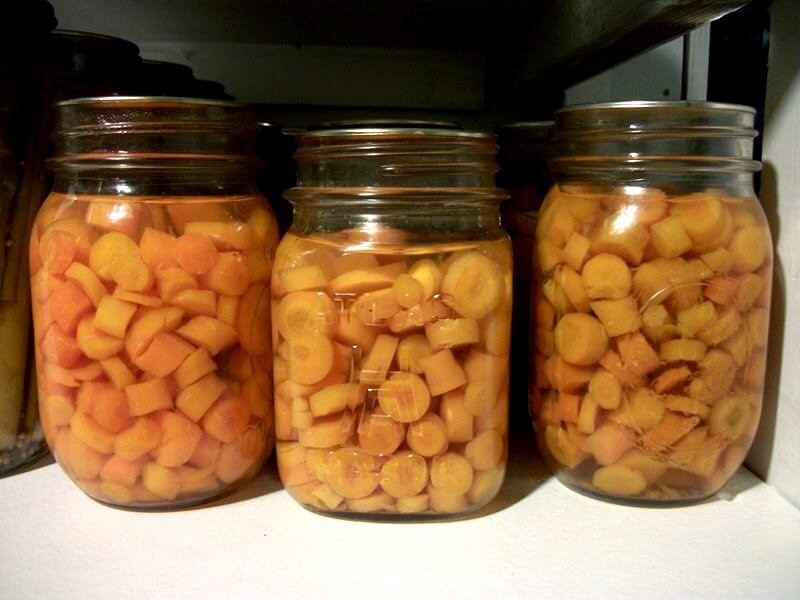
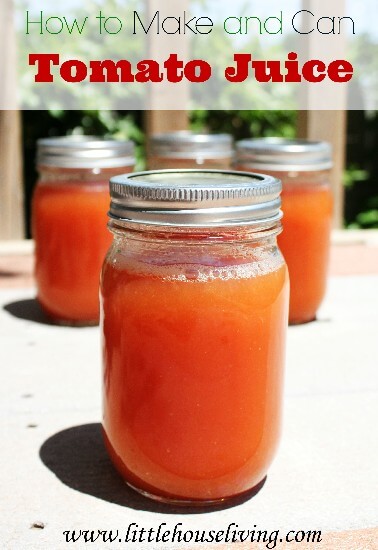
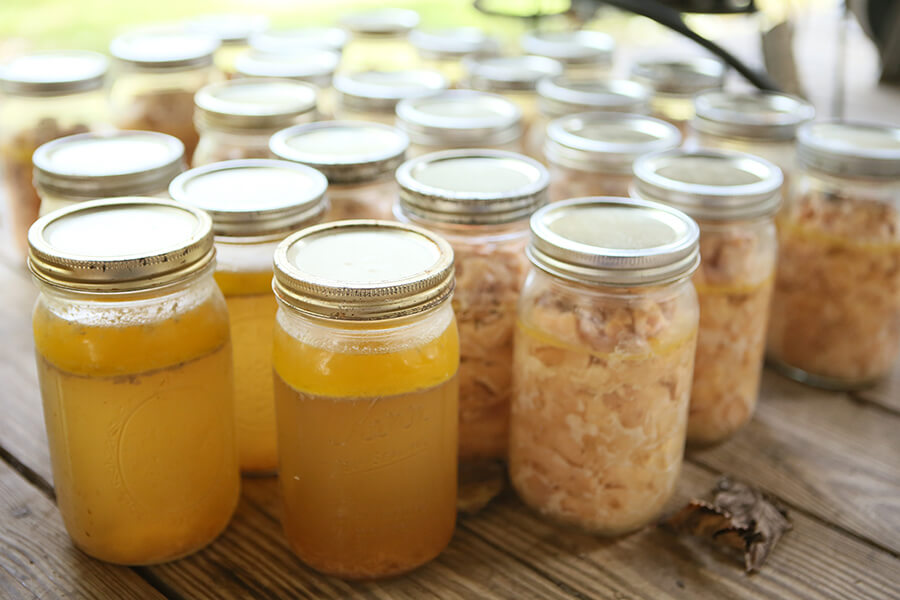
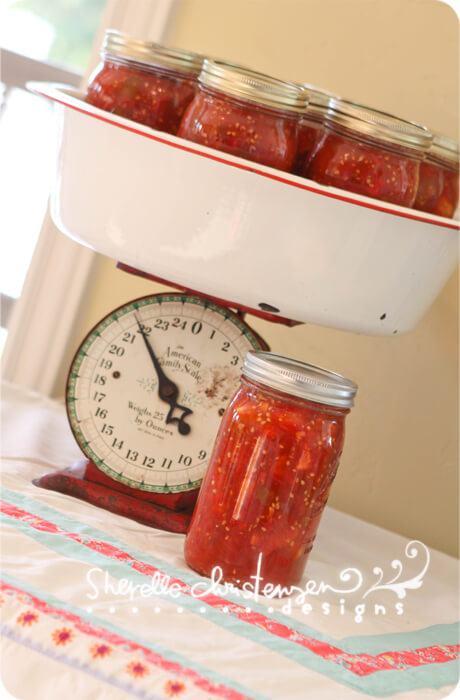
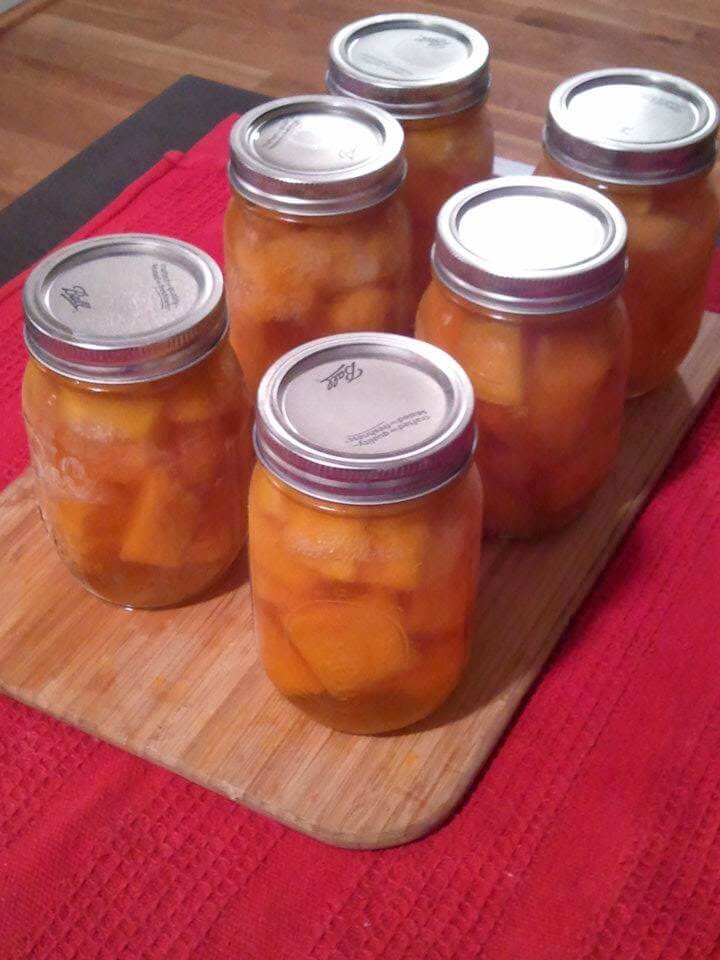
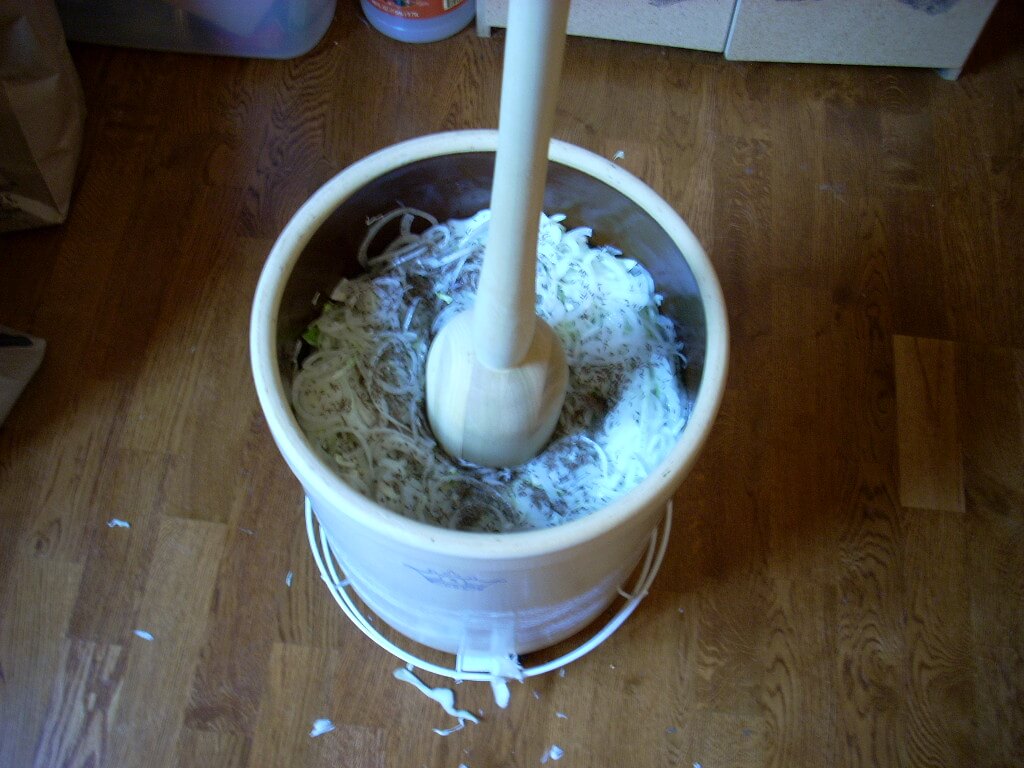
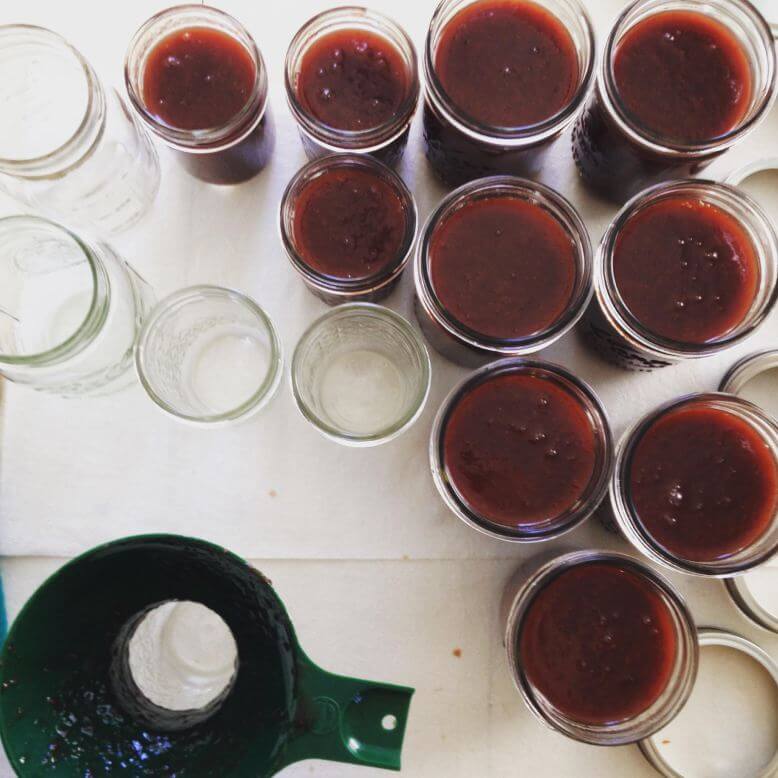
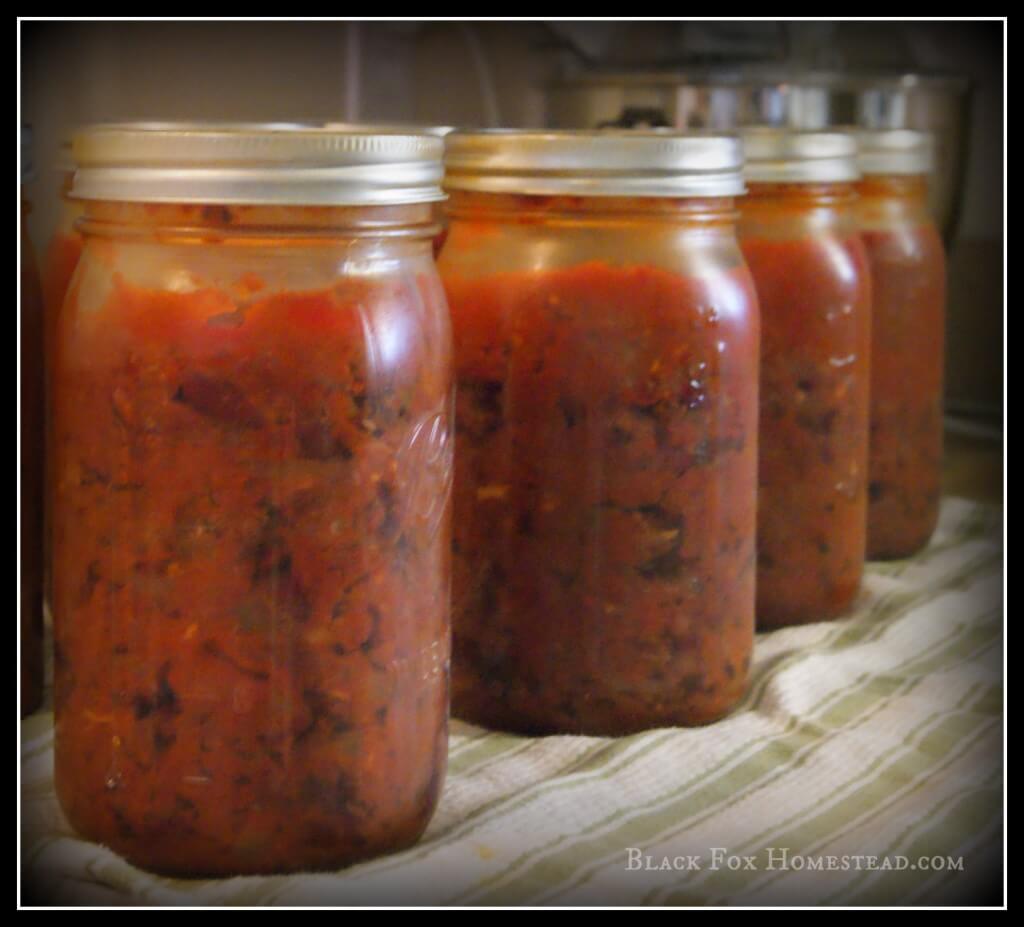
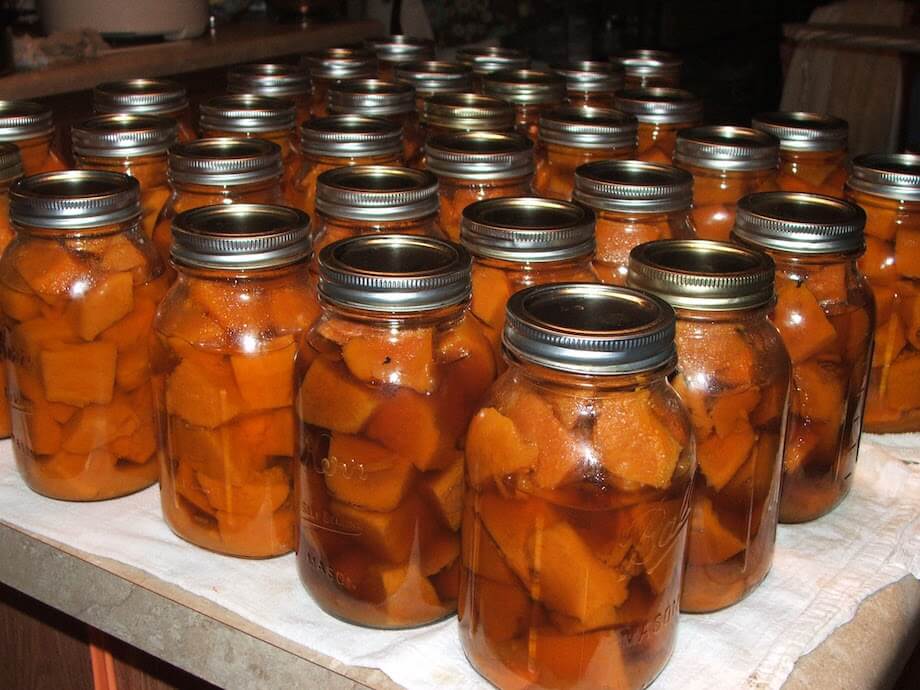
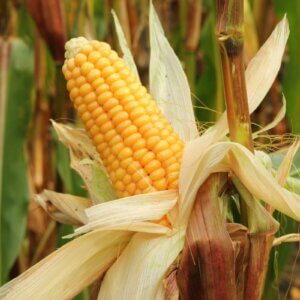







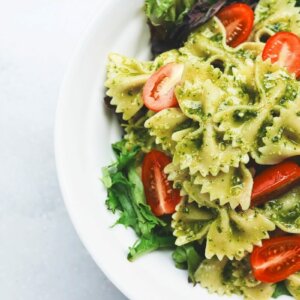










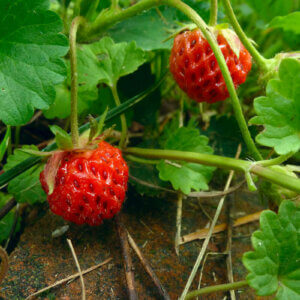
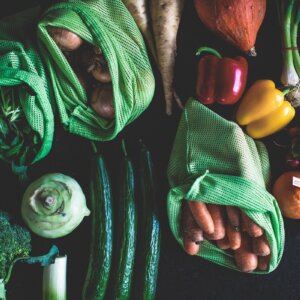

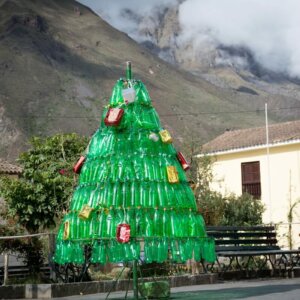

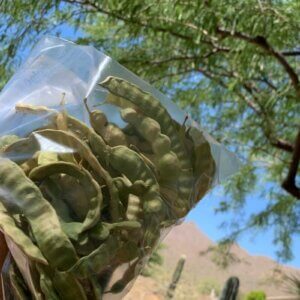
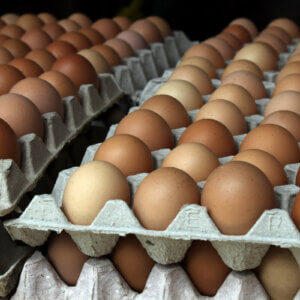
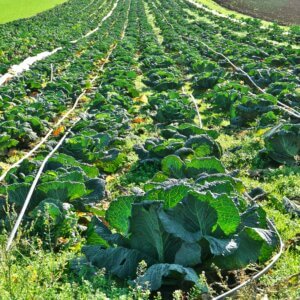


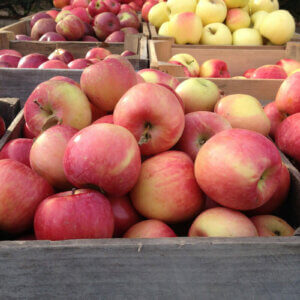
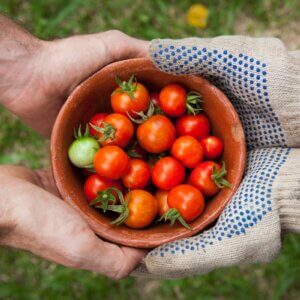


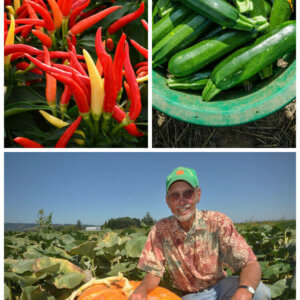

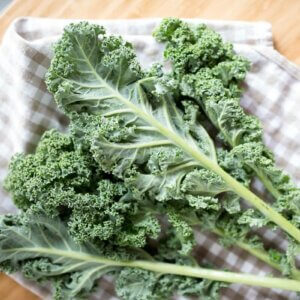



Leave a Reply